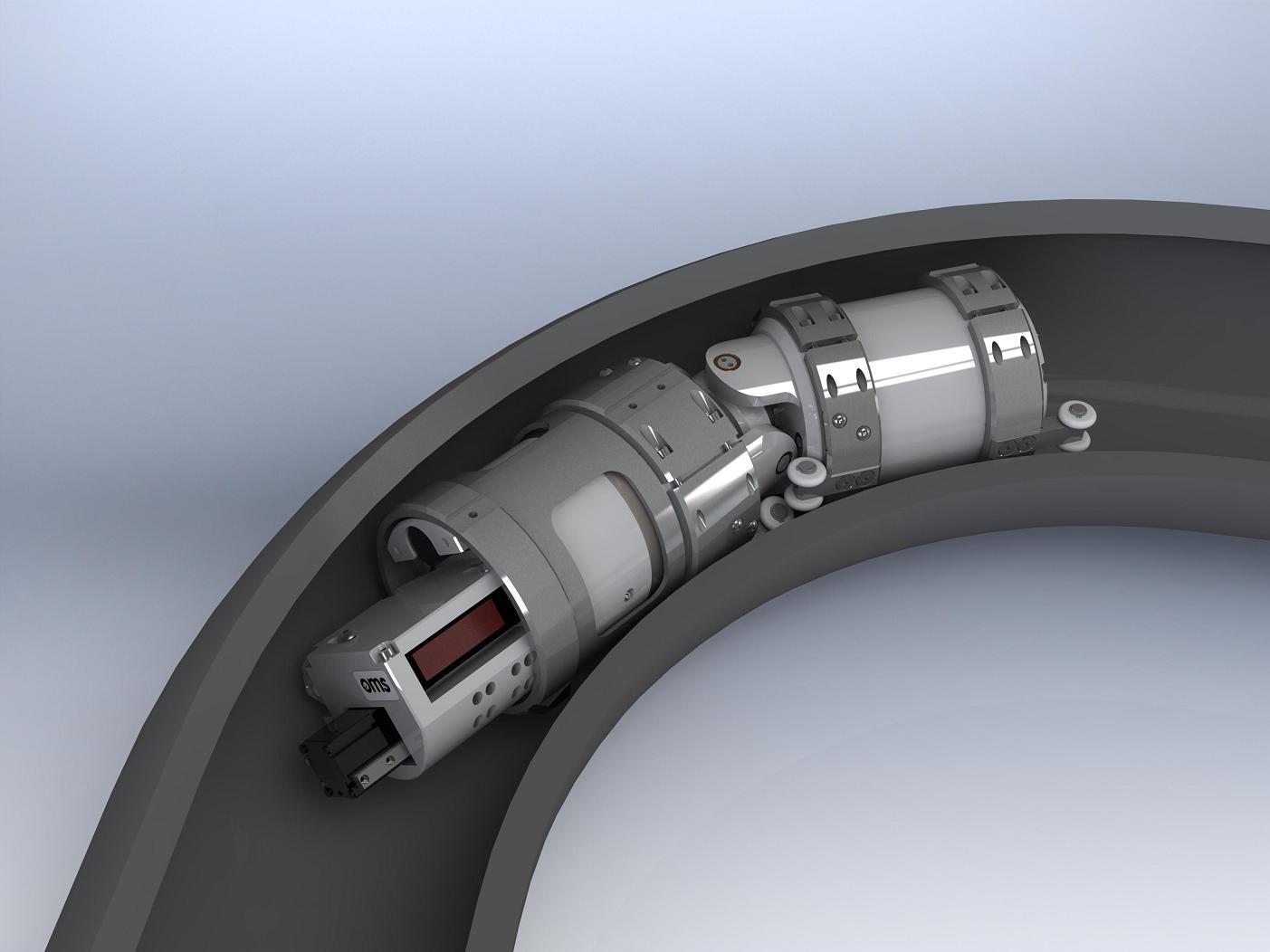Safety And Security First: Comprehensive Pipeline Welding Inspection for every single Task Phase
Safety And Security First: Comprehensive Pipeline Welding Inspection for every single Task Phase
Blog Article
Vital Pipeline Welding Assessment Tips for Quality Control
In the world of pipeline building, the honesty of welds holds paramount relevance to guarantee the security and efficiency of the entire system. From all-natural gas to improved petroleum items, pipes form the lifeline of various markets. How can one assure the top quality of these welds that link the pipeline sections? The solution lies in precise evaluation techniques and adherence to rigorous high quality assurance standards. By comprehending the crucial pipe welding evaluation tips, specialists can prevent potential hazards, minimize expensive repairs, and promote the dependability of these critical frameworks.

Importance of Welding Examination
Welding assessment plays a crucial duty in making sure the structural stability and safety of pipe systems. By meticulously taking a look at welds, inspectors can determine any flaws or imperfections that might endanger the integrity of the pipe. These inspections are essential for stopping leakages, ruptures, and various other possibly catastrophic failings that can result in ecological damages, financial losses, and even death.
The importance of welding evaluation can not be overemphasized, as the quality of welds directly affects the total performance and durability of the pipe. Via non-destructive screening methods such as visual assessment, ultrasonic screening, radiography, and magnetic particle testing, assessors can detect defects that might not show up to the nude eye. By identifying and dealing with these problems at an early stage, welding assessment aids to ensure that pipelines fulfill industry requirements and governing requirements.
Inevitably, welding examination is an important aspect of quality control in pipeline maintenance, building and construction, and repair (Pipeline Welding Inspection). By promoting rigorous evaluation requirements, sector professionals can mitigate risks and support the safety and reliability of pipeline systems
Typical Welding Problems
Among the obstacles faced in pipeline welding, usual defects can substantially impact the structural honesty and efficiency of the bonded joints. Splits in the weld can propagate over time, jeopardizing the structural integrity of the pipeline. Discovering and resolving these common problems via thorough evaluation and high quality control procedures are essential for guaranteeing the dependability and security of pipe welds.
Examination Techniques for Pipelines

Non-destructive testing (NDT) strategies such as radiographic testing, ultrasonic screening, magnetic bit screening, and liquid penetrant screening are typically made use of in pipeline welding examination. Visual examination is also crucial in pipeline welding to recognize any noticeable defects or stoppages. Furthermore, visit homepage computerized evaluation strategies utilizing sophisticated technologies like robotics and drones are significantly being employed to improve the performance and accuracy of pipe examinations.
Ensuring Top Quality Guarantee Criteria
To support rigid top quality assurance standards in pipeline building and construction, meticulous adherence to established industry procedures and standards is vital. Quality guarantee in welding processes requires see this an extensive method including different phases of pipeline building. Carrying out a durable high quality administration system that consists of routine audits and evaluations can even more improve the general quality assurance requirements in pipeline welding.
Avoiding Costly Repairs
Offered the critical value of keeping stringent quality guarantee requirements in pipeline building, a proactive technique to preventing expensive repair work is necessary. Routine upkeep checks and surveillance of environmental aspects that could impact the honesty of the pipe are additionally critical in stopping pricey repairs. By investing in preventative procedures and prioritizing high quality assurance at every stage of the pipe welding procedure, business can minimize the danger of costly repairs and make certain the long-lasting reliability of their infrastructure.
Final Thought
In conclusion, adherence to correct welding inspection methods is crucial for ensuring the high quality and integrity of pipelines. By identifying common welding flaws and executing extensive evaluation procedures, pricey fixings can be avoided, and quality control criteria can be satisfied - Pipeline Welding Inspection. It is critical for pipe welders to focus on assessment treatments to preserve the security and dependability of the framework they are functioning on
The importance of welding inspection can not Get More Info be overstated, as the top quality of welds straight influences the general performance and durability of the pipe. Non-destructive screening (NDT) strategies such as radiographic screening, ultrasonic testing, magnetic bit screening, and liquid penetrant screening are commonly made use of in pipeline welding assessment. Visual examination is likewise important in pipe welding to determine any type of noticeable issues or interruptions. In addition, computerized assessment strategies using advanced innovations like robotics and drones are significantly being used to boost the effectiveness and precision of pipe evaluations.In conclusion, adherence to appropriate welding examination methods is essential for making certain the high quality and stability of pipes.
Report this page